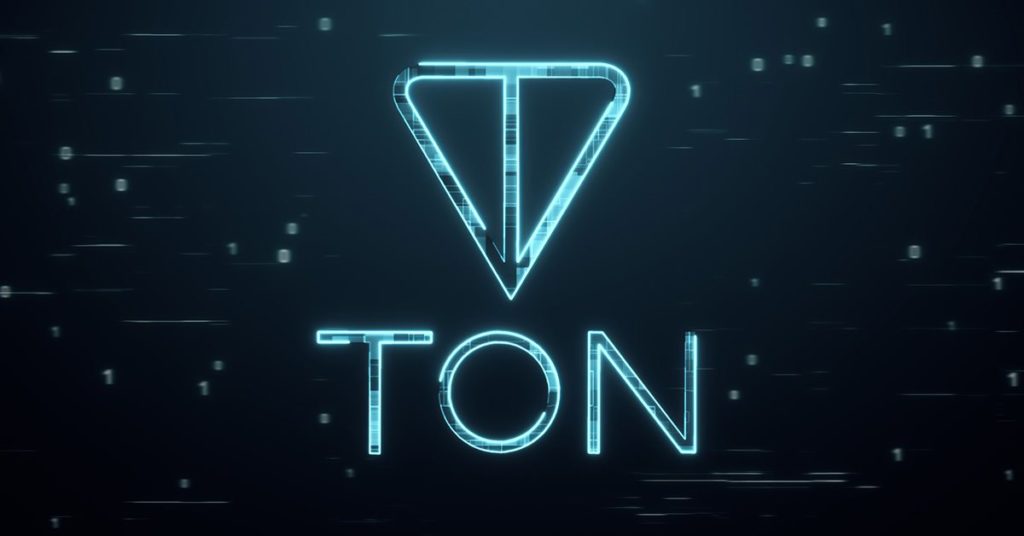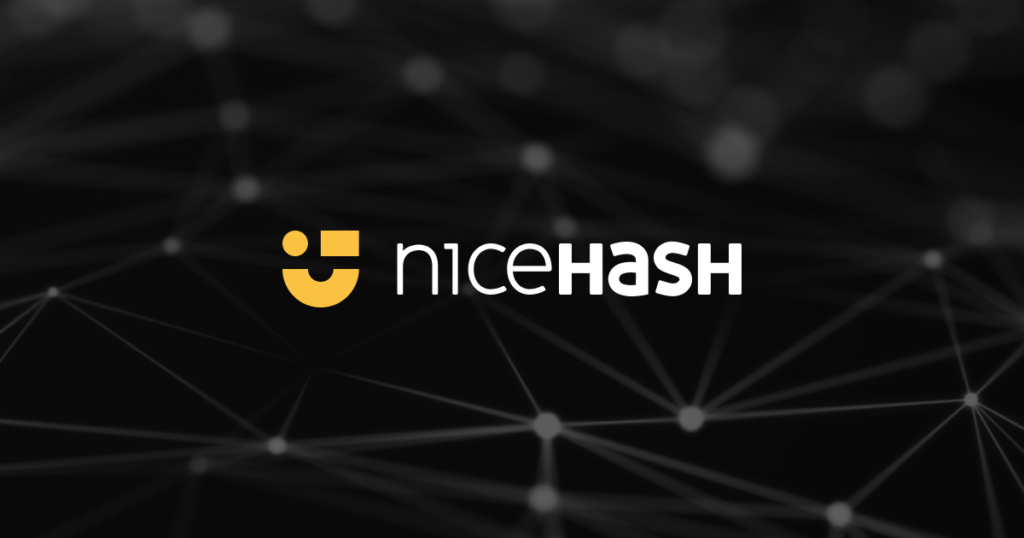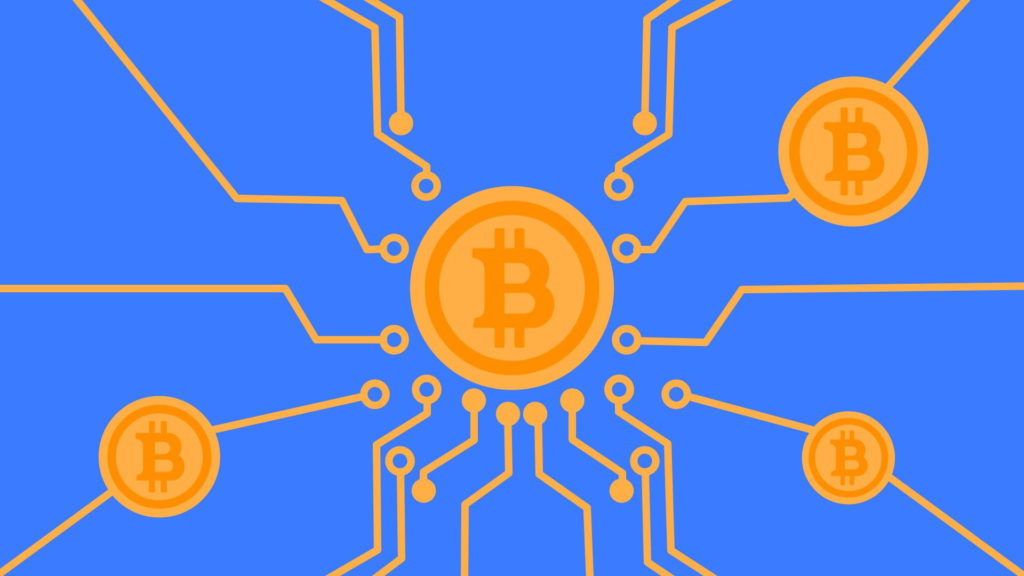Telegram created TON, a fully decentralized blockchain-based network with billions of users. It offers lightning-fast transactions, low costs, user-friendly interface, and environmental friendliness.
The open network is not one of the most talked about cryptocurrency initiatives (TON). The Durov brothers created the blockchain and cryptocurrency for this project, formerly known as the Telegram Open Network (creators of Telegram).
By incorporating a powerful cryptographic payment system into its renowned Telegram software, the project’s goal was to revolutionize and mass-produce cryptocurrency payment systems. As a result, TON will be used by more than 500 million people, which will open a new chapter in the history of cryptocurrencies.
History of cryptocurrency.
The story of TON begins in 2018, when one of the most significant technology publications, TechCrunch, reported suspicions that Telegram would include cryptocurrency payments in its instant messaging program. Both a simplified project paper (23-page document) and a technical paper (132-page document, fully technical) were shown at the time. As a result, the Telegram open network and its digital currency “GRAM” were created.
Through the ICO, they wanted to raise $500 million and start working on TON, bringing the concept to life. The project will be launched globally with this funding, which will also be used to pay for the adaptation of the Telegram infrastructure, the creation of the blockchain and its coin, and other related costs. In order to increase accessibility and decentralize operations, TON was also supposed to be managed by The Open Foundation by 2021, and its operation from Telegram.
Start of problems.
However, the ICO of the project began to cause the first problems. When scammers began to surface on Twitter, Pavel Durov himself suggested that people reveal all these fake accounts and advertise the imminent emergence of an official way to participate in the ICO.
By April 2018, private transactions began, the most notable of which was the acquisition of a Chinese business for $2 billion in Gram tokens. For TON, things seemed to be moving in the right direction.
After that, a public sale began, which was carried out in accordance with SEC rules and US law. To allow investors to receive tokens every time TON is launched, the Gram Purchase Agreement was designed as a futures contract. The offer was not registered as a security under Regulation D of the Securities Act of 1933 because the futures were sold only to authorized investors. This was justified by the fact that Grams will be used after the launch of TON and will not be considered as securities. All of this, together with the two Form Ds submitted by Telegram and the lack of a response from the SEC, allowed Telegram to proceed with its original coin offering.
Proof of stake and sharding for high scalability.
The three layers of the network make up TON. The main chain is located at the top level and operates as a result of a powerful Proof-of-Stake (PoS) algorithm that provides high speed, scalability and security. The main chain of the TON network, which is currently in production, is this master chain. In other words, the main chain is used whenever a TON transaction is performed.
The working circuits or secondary circuits connected to the main circuit are on the second level. Various account and transaction address formats, smart contract virtual machines and known coins, etc. are just a few examples of the consensus rules that each of these secondary chains can have. All this is done while maintaining masterchain compatibility and the ability to seamlessly exchange data.
The third layer, or shardchain, is the last one. By distributing and parallelizing work, shard chains, which are a component of work chains, increase their scalability. As a result, the scalability of TON is increased to levels far beyond what we can currently find on chains like Polkadot or Solana. All of this was made possible by TON adopting a bottom-up methodology for building their shardchains, leading to what they call the infinite sharding paradigm.
All of this technology is collectively referred to as TON, and it is one of the project’s main contributions to the cryptocurrency industry, directly competing with initiatives such as Ethereum, Polkadot, and Cosmos.
The entire system is fully decentralized (P2P protocol), making it immune to censorship and other potential network threats.
Fast data routing.
The spread of P2P networks to blockchain networks is one of their main problems, as it makes it difficult to propagate network information to all its components in accordance with established consensus rules.
It’s pretty easy to understand this problem if you think of a courier who needs to deliver a message to 100 recipients safely and quickly. It’s not that hard to make a strategy for this. However, when we include thousands of couriers and hundreds of millions of destinations, the problem increases dramatically. Then the issue of logistics and efficiency becomes very complex and intractable.
This was exactly the problem that TON had. Efficiently mobilizing all this information on the master chain and its supporting chains has proven to be an extremely difficult task. Instantaneous Hypercube Routing (IHR), a communication protocol that allowed all TON nodes to quickly and efficiently communicate information about their blocks and transactions, was created by the blockchain as a solution to the problem. Since the TON sharding mechanism and the PoS protocol assume that a block is formed in the network every five seconds, the entire network maintains the synchronization of the information necessary for its normal operation.
In fact, the problem that TON is dealing with is one of the main concerns in the development of shardchain in Ethereum 2.0 and Polkadot, which also had problems, although they were fixed.
By default, privacy and anonymity.
TON’s commitment to maintaining and protecting the anonymity and privacy of its users is one of its greatest accomplishments. For example, a typical problem with Proof-of-Stake networks is that all participants must disclose an address where the entire amount of staked coins can be viewed, which leads to disclosure of information that should not be made public.
The so-called TON Proxy, a feature of the TON network that allows users to anonymously transmit information on the network, was developed by TON to prevent these and other scenarios. To do this, TON uses a network protocol adapted from the privacy protocol (a protocol that competes with Tor and has higher technical capabilities). The concept behind this system is to enhance user privacy and anonymity by allowing Zeroconf data to be transmitted and received anonymously (without configuration) over the TON network.
Smart contracts in Ton.
TON also has sophisticated smart contract functionality, however there is still a lot of work to be done in this area. For example, TON currently lacks standardized guidelines for the implementation of specialized contracts such as NFTs (although there is already a release candidate for this). Since each live chain can have a token that identifies it, the introduction of specialized tokens is limited to those chains that are currently running. As a result, standards for tokens such as ERC-20 may not yet exist; however, they can be developed.
The TON Virtual Machine (or TVM) offers distinctive features for powerful smart contracts, but the lack of standards development makes them difficult to spread, creating a strange scenario.
This peculiar circumstance can be explained by the fact that many developers stopped working on the project after Telegram announced its withdrawal from it. However, as can be seen from the overall success of the project to date, the community that subsequently took over the management of it is regaining great potential and chances for development.
The ability to create and deploy smart contracts on the network is now one of the main goals of the community, so significant progress is likely to be made in this area in the medium term.
The existence of dApps services such as bridges or other NFT platforms that have been developed on the network using this capacity that are needed in TON has demonstrated this position.
Mining Ton.
The native token of the TON network is toncoin (formerly called gram). Among its attributes:
1) Payments to GAS for the use of smart contracts and the execution of payment transactions. 2) Native internetworking network operational capability. Keep in mind that since TON is a masterchain token and each working chain has a separate token that interacts with TON, these actions are legally allowed. 3) Access to network resources is also paid for by the token. For example, to access the DNS service (TON DNS), decentralized data storage system (TON Storage), or services configured at the TON service layer. Toncoin is used as payment in each of these cases. 4) Installation of new staking nodes for working chains, shardchains or masterchains. 5) Decentralized protocol management is another application of it.
Toncoin’s maximum mining is 5 billion tokens, and to create them, you need to use a kind of mechanism called proof-of-work mining. This mechanism became possible due to the fact that initially all 5 billion tokens were created and placed in the “Giver” smart contract.
The purpose of this smart contract is to evaluate and compensate miners for their computational efforts. Miners create TONs that can be used for transactions on the blockchain through this procedure (otherwise they will remain locked). After a successful mining attempt, the miner can use these tokens to make payments, execute smart contracts, or create confirmation nodes for a proof-of-stake (PoS) system. Although TON mining is no longer practiced, the mining protocol used in it is specifically designed to benefit from CPU and GPU performance and is ASIC resistant.
Conclusion.
Without a doubt, TON is a great project with special characteristics that put it on par with major initiatives such as Cardano, Polkadot or Ethereum. Its early development was fast, but of course Telegram’s problems with the SEC completely changed the situation. Despite this, the area gradually rebuilt the project until it reached its current state.
The fact that this project is still under development and that its goal is to complete the creation of the main tools in 2023 has shown us that this is an ongoing project. It is likely that they will be able to achieve this goal thanks to the willingness of the developers and the expanding community. If they succeed, it will be the first blockchain project to come out of the shadows and will be among the most significant in the community, despite the fact that it has almost completely disappeared.











